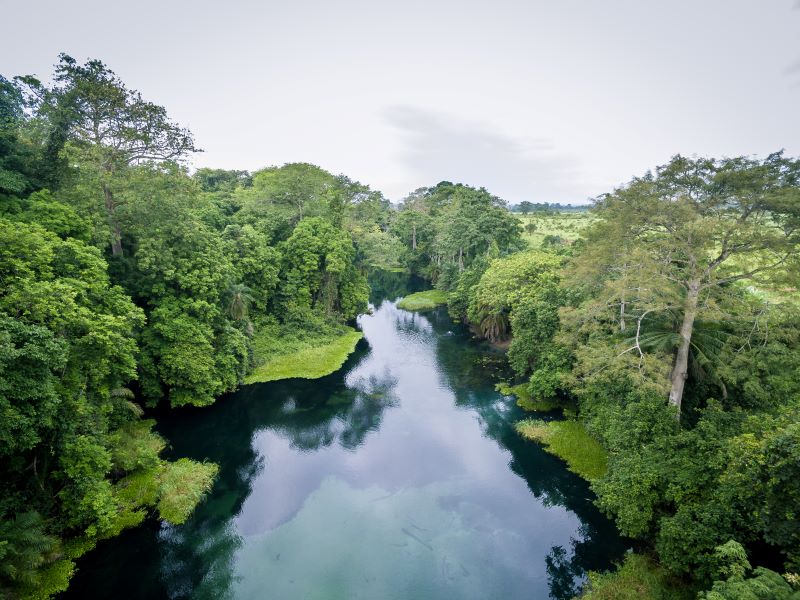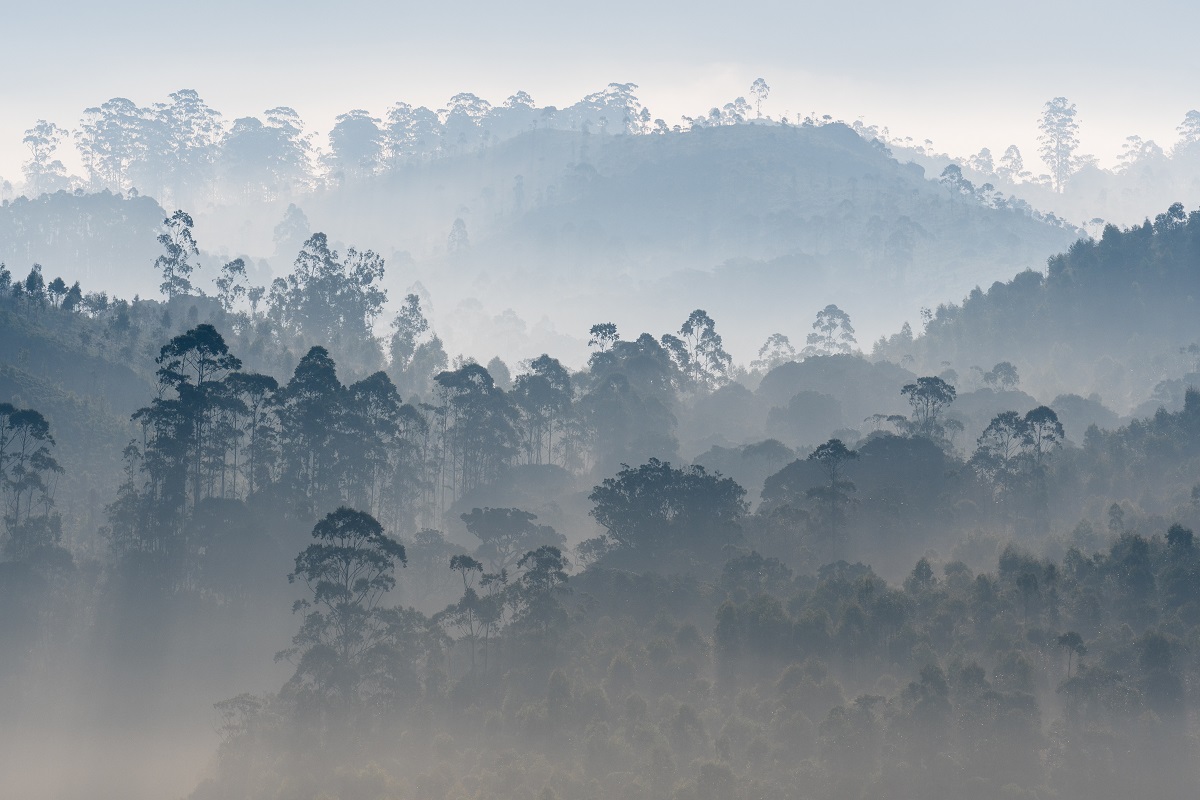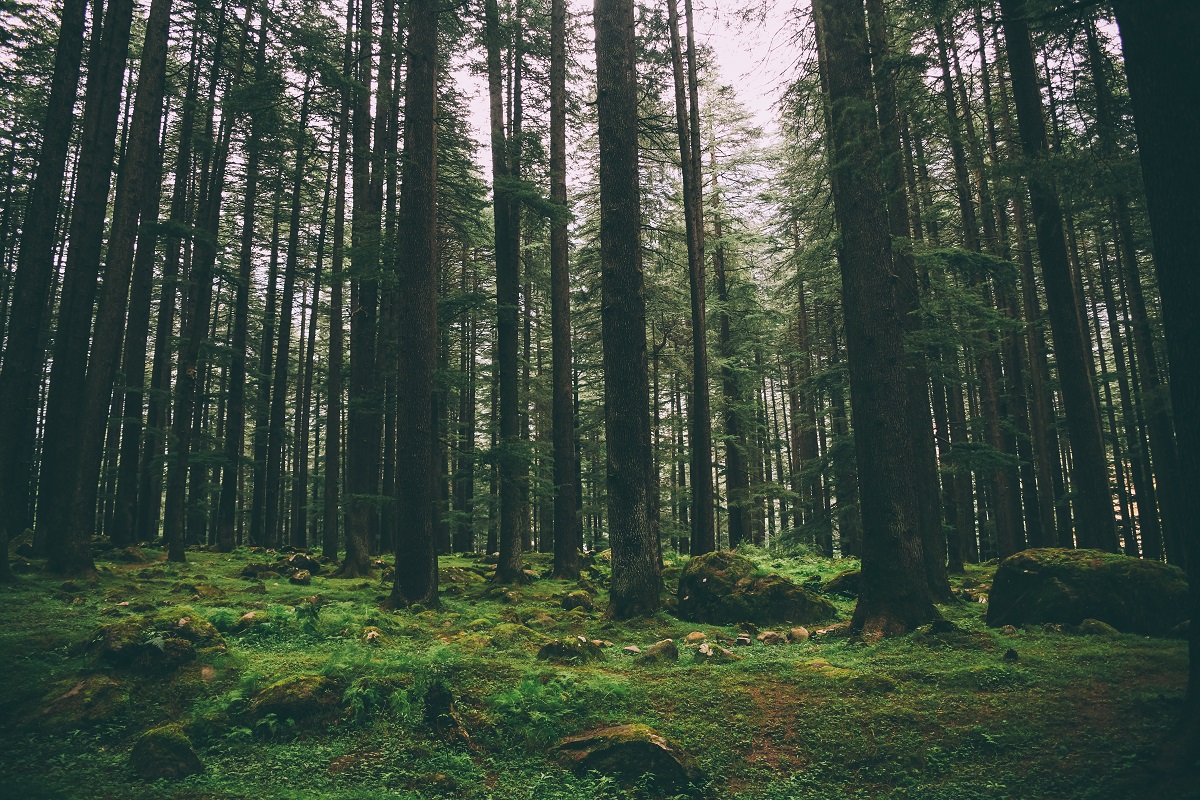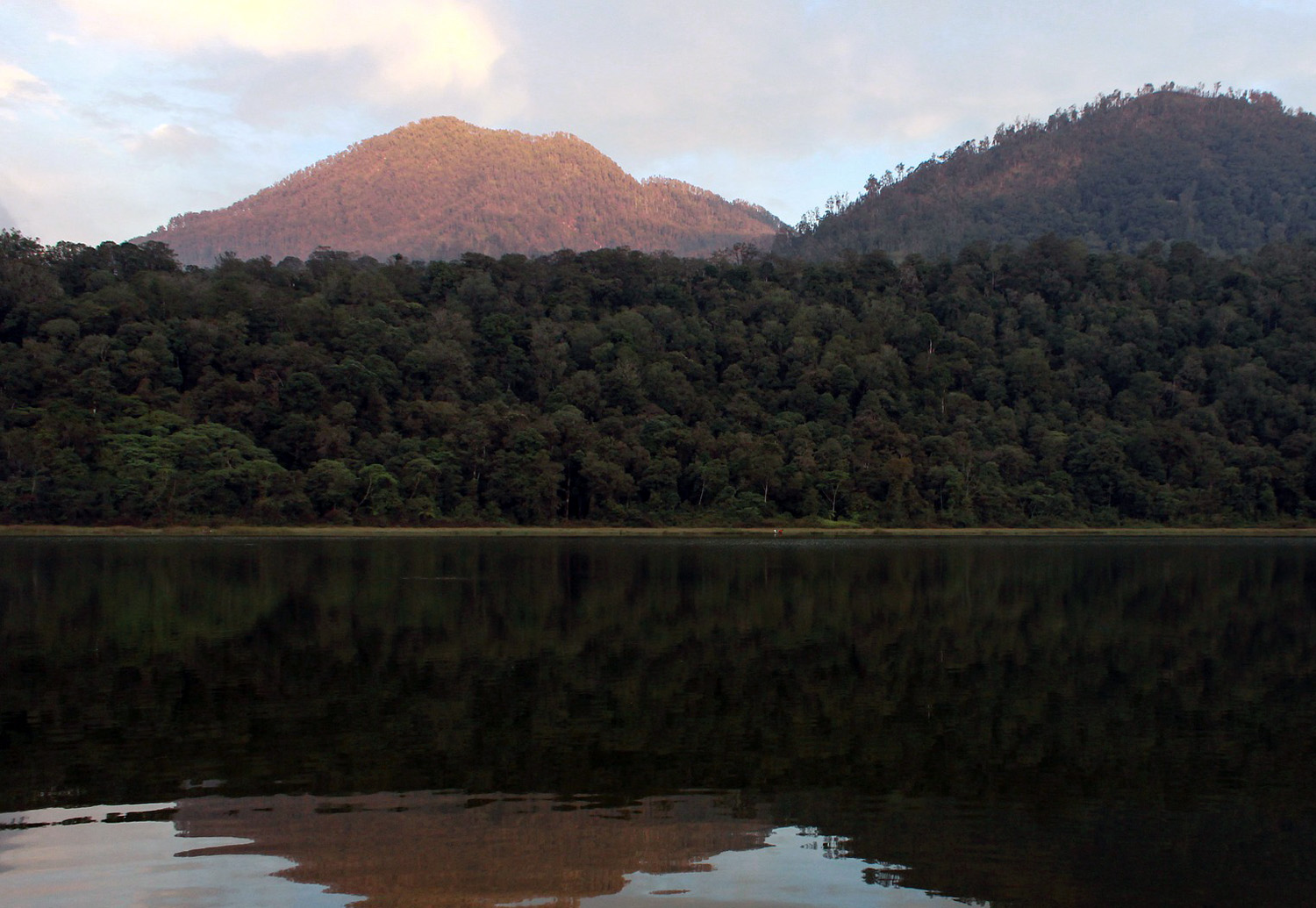I love trees. Always have. As a kid I loved climbing them. As an adult I enjoy watching the wildlife that lives in them. And now as a Washington, DC-based policy wonk, I appreciate how the carbon that trees sequester from the atmosphere protects us from climate change and its regressive effects.

So why would I say, this Earth Day, don’t plant a tree?
Don’t get me wrong, I’m all for planting trees. Of all the actions you can take personally to improve the climate, planting trees is one of the easiest and most fulfilling.
And not only is planting trees fun, it’s necessary. As I wrote about last week, the new IPCC report makes clear that we’re not going to meet the international target of holding the planetary temperature rise below +2 °C (+3.8 °F) without halting and reversing forest loss on a massive scale. And that means planting lots of trees.
True, small personal actions only get us so far. As the IPCC report explains in its no-nonsense way, “climate change has the characteristics of a collective action problem at the global scale...international cooperation is therefore required to effectively mitigate greenhouse gas issues.” But that’s not what bothers me. Surely international agreements, national policies, and personal actions are not mutually exclusive. If previous societal shifts like the decline in smoking in the United States are any indication, slowing global warming will involve both big policies (like putting a price on carbon) and small personal actions (like planting trees).

So why do I say, this Earth Day, don’t plant a tree?
Here’s the thing: planting trees on its own won’t be enough to slow climate change as long as we’re still rapidly burning down the forests we have now. And unfortunately, forests are currently being cleared and burned much faster than they are being replanted. New science by Matt Hansen and his colleagues shows that for every hectare of forest planted globally, three hectare of forest are cleared. Since 2000 the world has lost an area of forest the size of all the United States east of the Mississippi River, while an area only one-third this size has regrown. The majority of this forest loss was in the tropics.
When you look at it in terms of carbon dioxide instead of area, the story gets even worse. A planted tropical forest sequesters carbon as it grows at a rate of about 2-6 tons per hectare per year. After several decades this hectare of forest may have built up more than 200 tons of carbon. But a deliberate fire can release decades of accumulated carbon back to the atmosphere in one smoky afternoon.
It’d be one thing if this was all a natural cycle of forest death and regrowth. Breathe in, breathe out. But in fact what’s mostly happening is that after tropical forests are cleared, they’re not being allowed to grow back. Most tropical land, once deforested, is converted to agriculture or pasture. Today most tropical forests are being cleared to make way for just a handful of globally traded commodities--soy, beef, paper, and palm oil. Those forests in the tropics are falling, in large part, to feed us.
So, if you don’t plant a tree this Earth Day, what should you do instead?
First, make sure your trips to the grocery store aren’t sponsoring deforestation. Both the World Wildlife Fund and the Union of Concerned Scientists provide scorecards to inform consumers about which brands source palm oil at the expense of forests and which do not. Like soy, beef, and paper, the problem with palm oil is not the commodity itself, but how it’s grown.
Second, follow the lead of Rhiannon Tomtishen and Madison Vorva, two Girl Scouts who convinced the Girls Scouts of the U.S.A. to commit to more responsible sourcing of the palm oil in Girl Scout Cookies. Their intrepid five-year campaign was rewarded with the U.N. Forest Heroes Award. The Girl Scouts’ commitment to responsible sourcing comes as part of a recent sea change among companies toward zero-deforestation supply chains, from Unilever to Wilmar to to Kellogg to L’Oreal. Could your company or organization be next?
Third, if you live in a country with high rates of deforestation, encourage public policies to phase out the practice. What policies can effectively stop deforestation? My colleague Kalifi Ferretti-Gallon and I carried out a meta-analysis of 117 published papers on this topic, finding that promising approaches for stopping deforestation include:
- reducing the intrusion of road networks into remote forested areas
- targeting protected areas to regions where forests face higher threat
- tying rural income support to the maintenance of forest resources through payments for ecosystem services
- insulating the forest frontier from the price effects of demand for agricultural commodities.
Fourth, if you live in a wealthy consumer country like in North America or Europe, encourage your government to pay forest countries for successfully reducing deforestation. Stopping deforestation provides many benefits to local people, from cleaner water to better health. But it can also carry an economic cost in terms of forgone agricultural revenue. Payments for performance support forest-rich countries in growing economically while keeping their forests standing. Good examples of these arrangements are taking place in Brazil, Guyana, and Indonesia, and through the Forest Carbon Partnership Facility’s Carbon Fund.
So there you have it. This Earth Day, don’t just plant a tree. Save a forest.
Disclaimer
CGD blog posts reflect the views of the authors, drawing on prior research and experience in their areas of expertise. CGD is a nonpartisan, independent organization and does not take institutional positions.





